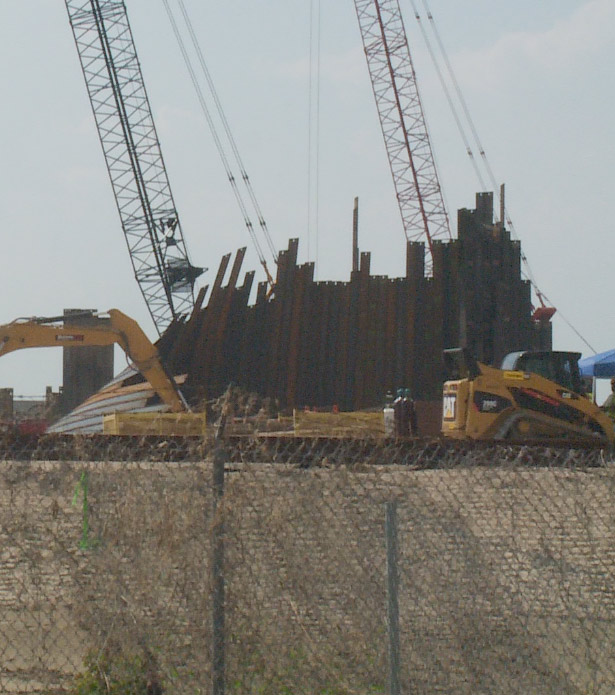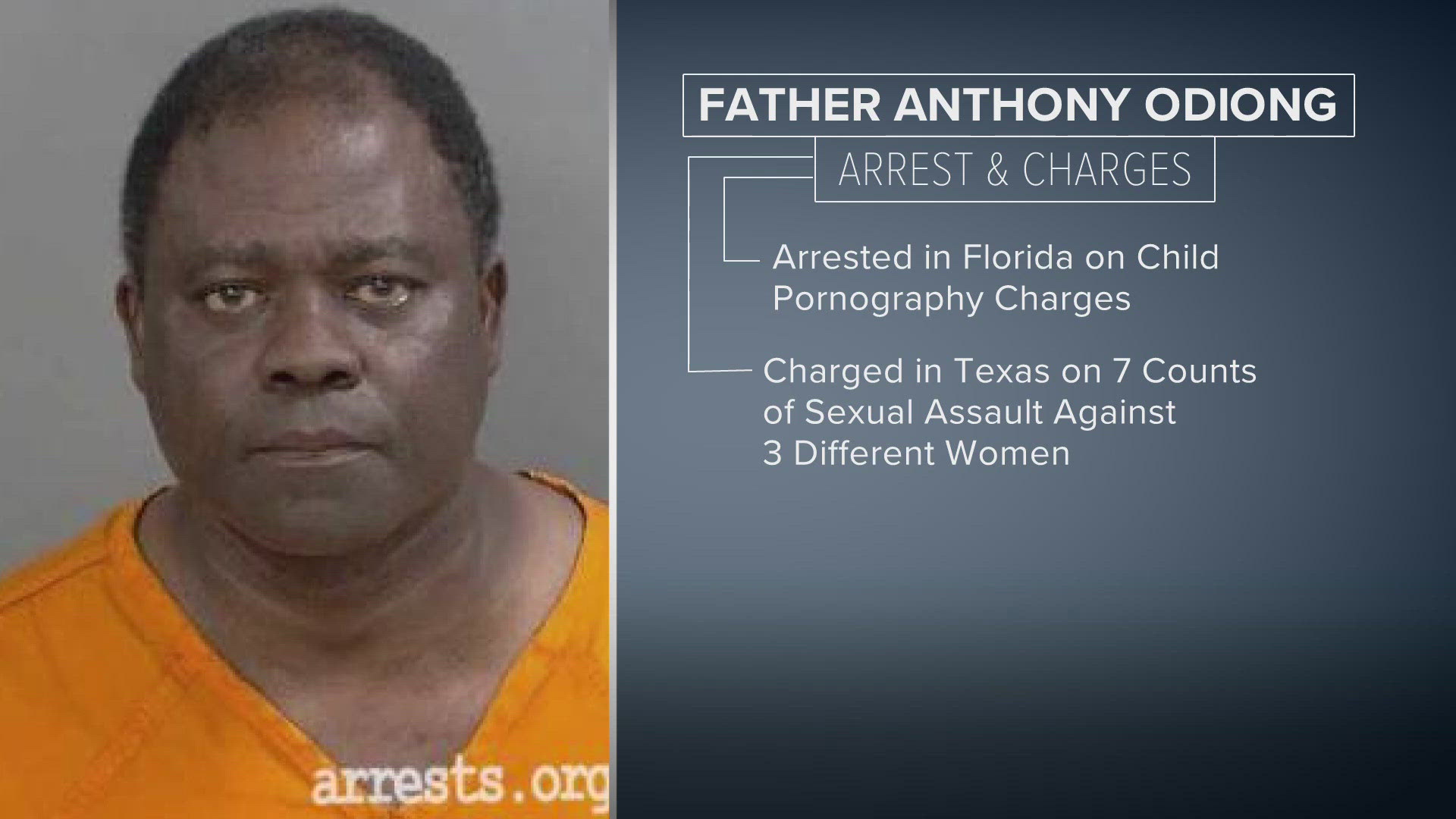NEW ORLEANS -- The Corps of Engineers says a section of sheet piling collapsed near the mouth of the 17th Street Canal on Monday because an excavator lost its grip as it was about to install a wall to support a cofferdam.
But the agency says the accident caused no injuries, had no impact on any flood protection and will not cost the government any extra money as the contractor builds a temporary cofferdam in the canal. The cofferdam will keep a large area of the canal dry while the foundation of a permanent pump station is built.
According to the Corps' post-accident incident report, cranes will now be used to hold the sheet piles in place until their fully driven into the ground, to prevent another collapse.
"This incident was not crane related. Safety is the top priority for the Army Corps and its contractor, PCCP Constructors, a Joint Venture (PCCP JV)," the report states. "After the incident, PCCP JV shut down work on the project to review all work plans. PCCP JV has made appropriate updates to address this operation. Moving forward, pile will be secured by a crane until driven to a safe depth."
The Corps and its contractor are constructing a cell cofferdam, which is used to pump water out of a section of the canal and keep the earth poured there dry as contractors work on part of a $530 million project installing pumps and closure structures on the 17th Street Canal and two other New Orleans outfall canals.
The Corps has a specific engineer regulation for cofferdams which warns that cofferdams "are temporary structures, in which collapse or inundation can result in a potential risk to life." Because of that risk, the regulation requires the Corps to do a feasibility report with analysis of the cofferdam's design and degree of protection.
But Corps spokesman Ricky Boyett said no feasibility study was required for this particular cofferdam because the project was authorized by Congress.
The engineer regulation also says "Construction cofferdams must be constructed by the contractor in accordance with the government-prepared plans and specifications."
But Boyett said the Corps was able to assign responsibility for designing the cofferdam to the contractor under a section of the regulation that states, "Authority may be granted for the design of a construction cofferdam by the construction contractor where there is no potential for major damage or significant delays in project benefits resulting from cofferdam failure."
However, that same section goes on to say that "all requests for assigning cofferdam design responsibility to the construction contractor must be submitted in the feasibility report," which was never done for this project.
"It is important to remember this incident is not a cofferdam failure or collapse," Boyett said. "It was a construction mishap that resulted in a roughly undriven 9,000-pound H-wall falling over, bending the sheet pile to which it was attached. The contractor has reviewed and is taking measures to ensure that it doesn't happen again."


